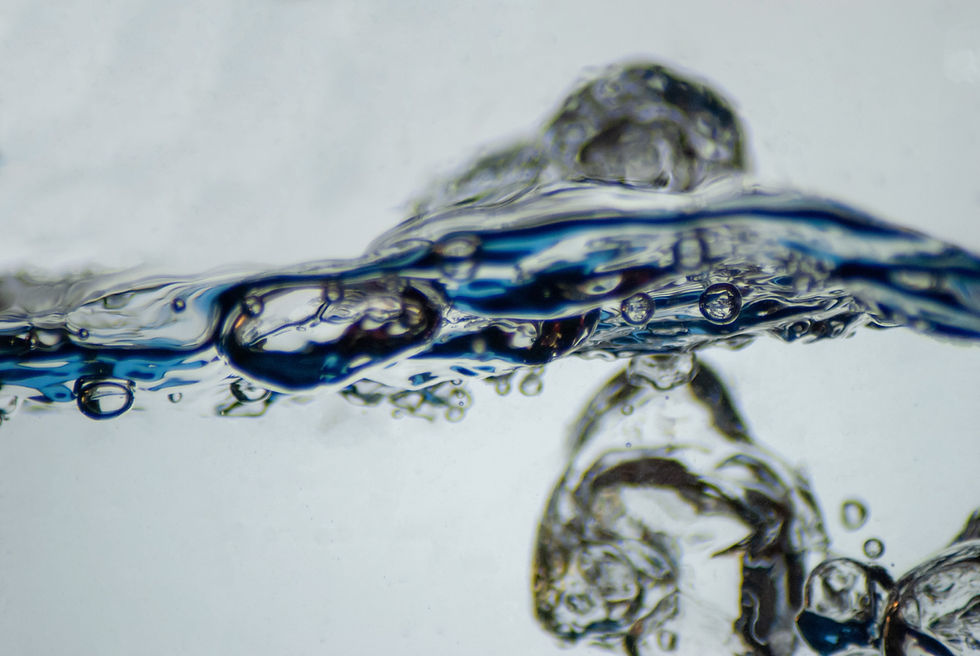Oxygen: The Lifeline of Your Koi Pond
- Tri-Star Koi
- 3 days ago
- 3 min read
By Tri-Star Koi
When it comes to koi health, most people think first about water quality—ammonia, nitrite, pH. But there’s one factor that’s just as critical and often overlooked: oxygen.
Oxygen is the unsung hero of koi keeping. Without proper oxygen levels, even the cleanest, clearest pond can become a death trap. At Tri-Star Koi, oxygen management is one of the first things we check when a pond starts showing signs of trouble.
Let’s break down why oxygen matters, how it affects your koi, and how you can make sure your pond stays properly oxygenated all year long.
Why Oxygen is So Important
Koi breathe by pulling oxygen from the water through their gills. But they aren’t the only ones—beneficial bacteria, plants, and other pond life all depend on dissolved oxygen to survive. When oxygen levels drop, everything in the pond suffers.
Low oxygen can lead to:
Lethargy, gasping, or surface breathing in koi
Poor growth and appetite
Increased stress, which weakens the immune system
Sudden fish loss, especially at night or during hot weather
Dead zones where bacteria can’t break down waste properly
When Are Oxygen Levels at Risk?
There are certain conditions that can cause oxygen levels to drop quickly:
High temperatures: Warm water holds less oxygen than cold water
Overstocked ponds: More fish means more oxygen demand
Overfeeding: Decomposing food consumes oxygen
Algae blooms: Algae produce oxygen during the day, but consume it at night
Heavy treatments or medications
Lack of surface movement or aeration
If your koi are hanging near waterfalls or gasping at the surface, it's often the first sign of an oxygen problem.
How to Increase Oxygen in Your Pond
The good news is that there are several easy and effective ways to boost oxygen in your pond. Here’s what we recommend at Tri-Star Koi:
1. Add an Air Pump and Diffuser
This is the most direct and reliable way to increase oxygen. Air pumps push air through diffusers at the bottom of the pond, creating rising bubbles that increase surface agitation and oxygen transfer. A properly sized air system can save your pond in summer.
2. Keep Water Moving
Waterfalls, fountains, and streams are great for increasing oxygen. They agitate the surface and expose more water to air. The more movement, the more oxygen.
3. Clean Your Filters
Clogged or dirty filters reduce water flow and oxygen exchange. Keep your filter system running efficiently to support oxygenation and biological filtration.
4. Cut Back on Feeding in High Heat
When water gets hot, koi need more oxygen—but the water holds less of it. Overfeeding leads to waste buildup, which consumes oxygen. During hot spells, feed less and in smaller amounts. (Unless you are willing to do more water changes)
5. Avoid Overcrowding
Too many fish = too much oxygen demand. Always stock your pond responsibly and consider growth when adding new koi.
6. Monitor During Treatments
Many medications reduce oxygen levels. Always increase aeration when treating your pond and monitor your koi closely.
Test Oxygen Levels (If Needed)
While not every hobbyist needs to test oxygen daily, a simple dissolved oxygen test kit or meter can be a valuable tool if you’re troubleshooting issues or managing a high-end pond.
You can't always see oxygen, but your koi can definitely feel it. A well-oxygenated pond leads to better appetite, stronger immune systems, faster healing, and healthier fish all around.
At Tri-Star Koi, we treat oxygen just like we do clean water—it’s a priority. We add air pumps to agitate the water surface along with an external water pump to move the water around. If your koi are ever acting off and you’re not sure why, check the oxygen before anything else. Often, that’s where the problem starts.
— Marlon @ Tri-Star Koi





